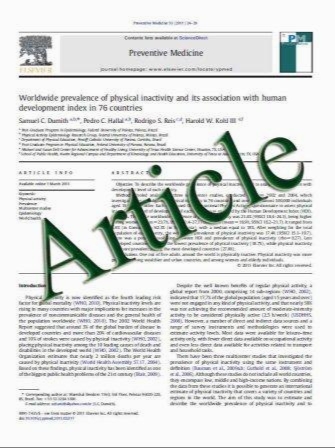Taking the pulse of a sick kidney: Arterial stiffness in glomerulonephritis
- نوع فایل : کتاب
- زبان : انگلیسی
- مؤلف : Anke Doyon & Franz Schaefer
- چاپ و سال / کشور: 2011
Description
Arterial stiffness is an increasingly recognized independent predictor of cardiovascular morbidity. Vessel volume and wall texture are the main determinants of pulse wave velocity (PWV), the most commonly used indicator of arterial elasticity. Hence, measurements of PWV will be affected by the site of measurement and the overall dimensions of the vascular tree as well as by alterations of vascular morphology. In children, methodological heterogeneity and the lack of pediatric reference values complicate the interpretation of PWV. Arterial elasticity is altered in numerous clinical conditions such as vasculitis, end-stage renal disease, and diabetes. Novel evidence suggests that acute postinfectious glomerulonephritis, but not pyelonephritis, is also associated with increased arterial stiffness, the persistence of which may predict the emergence of chronic kidney disease. We review the potential mechanisms underlying the link between acute and chronic kidney disease and impaired arterial elasticity. These might include activation of the renin–angiotensin system, sympathetic hyperactivation, and a subclinical state of inflammation. In view of the excessive cardiovascular comorbidity associated with kidney disease, the increasing evidence of the prognostic relevance of arterial stiffness should encourage further research investigating the usefulness of PWV as a biomarker in acute and chronic kidney disorders.
Pediatr Nephrol (2011) 26:161–163 DOI 10.1007/s00467-010-1730-8 Received: 4 November 2010 / Revised: 13 November 2010 / Accepted: 16 November 2010 / Published online: 11 December 2010


